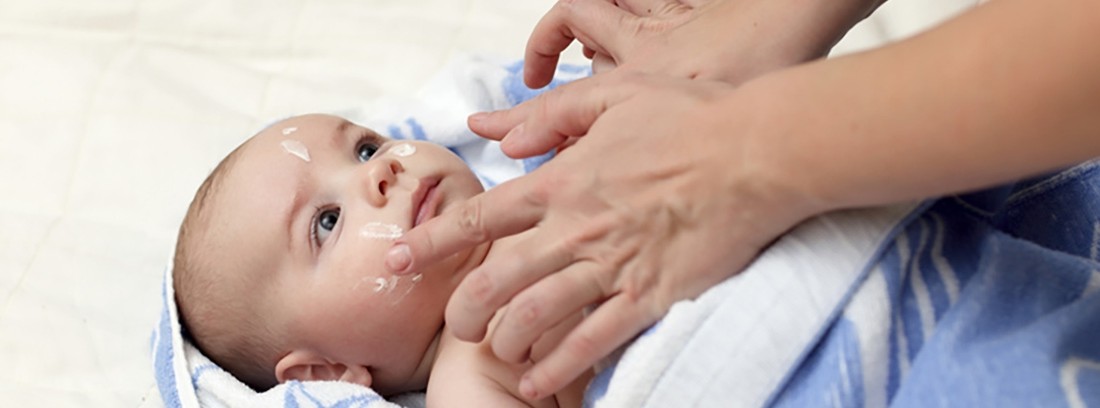Ichthyosis
 WHAT YOU NEED TO KNOW ...
WHAT YOU NEED TO KNOW ...
- It is a group of skin diseases characterized by dry, hard, scaly or rough skin.
- The most common is ichthyosis vulgaris (1 in 250 newborns) in which scales appear on the extremities, causing fissures and cracks of a mild nature.
- Those affected must keep the skin hydrated (apply creams and ointments several times a day) and humidify the environment.
Why is it produced?
Ichthyosis are genetic diseases, and they can be inherited in different ways depending on the type. For example, the most common of all, ichthyosis vulgaris, is inherited in an autosomal dominant manner. This type of inheritance implies that it is very common for the disease to pass from parents to children. Other ichthyosis are inherited in a recessive or sex-linked manner.
The alteration of different genes causes a malfunction of the replacement process of the epidermis. Our mature skin and its cells go up to the most superficial layers, shedding to renew themselves. In ichthyotic patients, desquamation is altered because too many cells mature at the same time or because the scales are retained.
What types of ichthyosis are there?
A simple classification would be the following:
- Vulgar ichthyosis
- X-linked ichthyosis
- Lamellar ichthyosis
- Nonbullous congenital ichthyosiform erythroderma
- Epidermolytic hyperkeratosis or bullous congenital ichthyosiform erythroderma
- Acquired ichthyosis
- Less frequent ichthyosis
What is the most common?
The most common is ichthyosis vulgaris. It is presented by 1 in every 250 newborns. The disease is not seen at birth, but in childhood. Scales appear on the extremities but respecting the folds. On the legs the scales can be very attached and broken, causing fissures and cracks, although of a slight nature. The patient worsens with dryness and cold, and improves in warm and humid climates. It is also common for patients to improve with age.
What is the harlequin baby?
In some very rare ichthyosis, the child is covered at birth by shiny, hard sheets, like armor that forms geometric patterns, or resembles a harlequin's costume (hence its name). These children suffer from respiratory and other organ problems, and are at high risk of dying within days of birth. However, treatment with vitamin A derivatives and correct intensive care can improve survival.
Are there non-genetic ichthyosis?
Indeed, in adult life, pictures similar to ichthyosis can develop due to other diseases. For example, cancer, or human immunodeficiency virus infection () can cause ichthyosis changes in the skin, which are improved by treating the disease that causes them.
What general advice should a person with ichthyosis follow?
Patients must learn to keep their skin hydrated from a young age, although applying creams and ointments several times a day is time consuming and requires consistency. They must also learn to humidify the environment (for example, in winter with heaters or in summer with air conditioners). In many cases, people with ichthyosis choose to live in temperate, humid climates. In addition to being treated with creams and hydration measures, some patients with ichthyosis are treated with synthetic derivatives of vitamin A such as acitretin or isotretinoin. These medications must be prescribed and controlled by the dermatologist.
It is important that the child's environment helps him to accept his illness and that it minimizes the impact it may have on relationships with his peers. Psychological support can be decisive in a disease that alters body image and can generate social rejection.
Where can I find support and advice?
The Spanish Ichthyosis Association has its website at:
(Updated at Apr 14 / 2024)